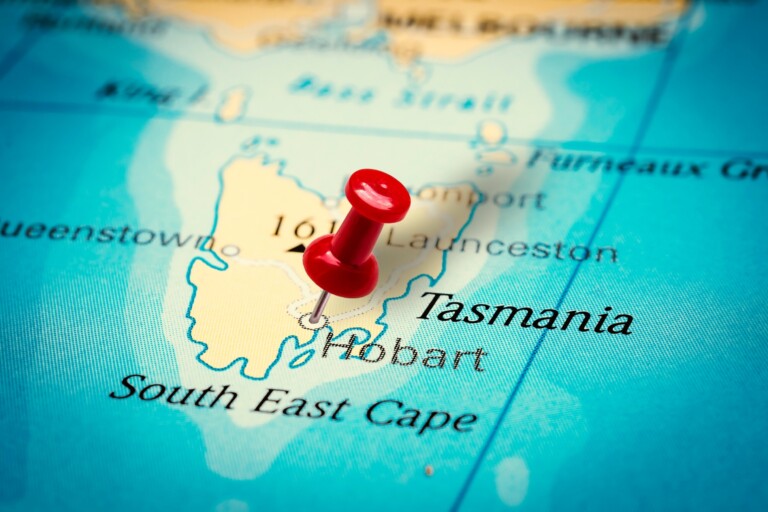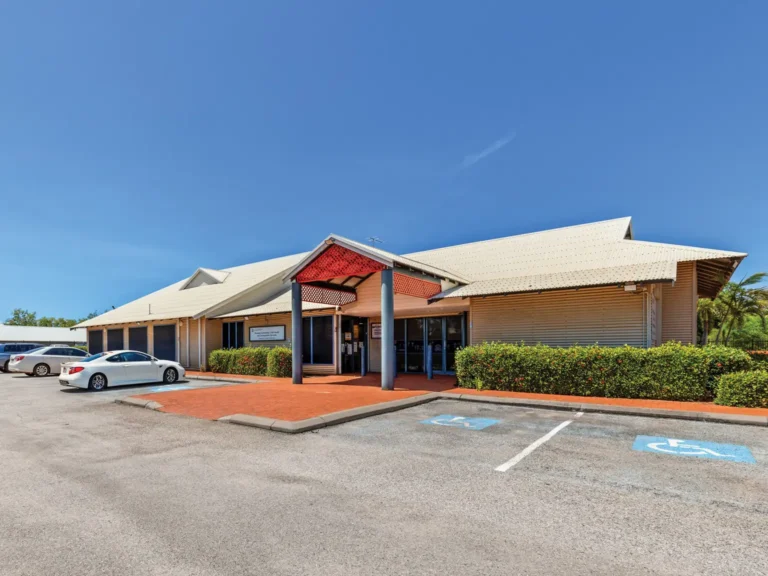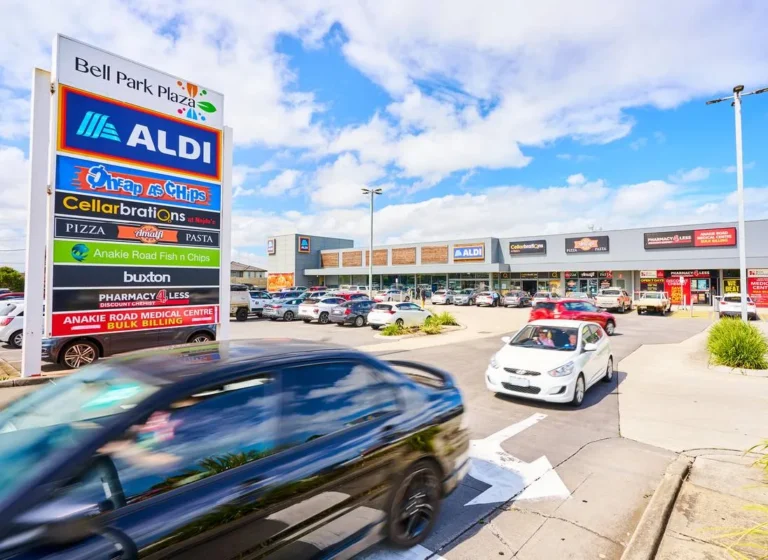Tasmania: A Rising Star for Investment Success
- News
- Childcare
- Childcare & Social Infrastructure
- Fast Food
- Fast Food Shops
- Gyms
- Large Format High Street
- Large Format Retail
- Medical, Pharmacy & Health
- Showroom
25/07/2024

Strong economic performance and lifestyle appeal have made this southern belle a hotspot for property investors.
Renowned for its breathtaking landscapes, unique wildlife, and rich cultural heritage, Tasmania has emerged as a dynamic and fast-growing hub, attracting strong interest from investors with its phenomenal growth opportunities.
Beyond its picturesque allure, the state boasts a thriving nation driven by economic expansion, strong rental yields, increasing property values, and a desirable lifestyle, making it an appealing investment destination.
Historically reliant on agriculture, mining, and forestry, Tasmania has diversified its economic base with advancements in tourism, renewable energy, and technology, resulting in positive impacts on the overall property market.
This economic diversity and growth have attracted leading global brands and investors seeking stability and long-term security, further enhancing Tasmania’s attractiveness for business and investment.
Tasmania’s unique economy, encompassing both traditional industries and emerging sectors, saw its gross state product nearly reach $40 billion in the 2023 financial year.
With clean air, a stunning environment, vibrant cultural scene, and excellent food and wine, tourism is a keystone of Tasmania’s economy. The island has welcomed over 1.3 million visitors in the past year with expenditure into the state increasing by almost 30% since 2019.
Due to its strong progress in tourism, hospitality assets such as restaurants and pubs are performing well, highlighted by the impressive sale of the Rockwall Bar & Grill in Battery Point for $5.95 million at a sharp yield of 4.29%.
Since 2021, hospitality assets in Tasmania have recorded an average yield of 4.87%, the lowest in the country.
This trend coincides with the increase in activity from leading brands in Tasmania which has correlated with higher demand from investors seeking secure, leased assets. Recent notable sales include the premium Toyota Dealership in Devonport, which fetched $7.5 million, hitting the reserve after just one bid.
Large format retailing is increasingly popular as well, with Burgess Rawson data showing Tasmanian LFRs have provided an average yield of 5.13% since 2021, the strongest across all states.
As Tasmania continues to grow and develop, investing in its property market presents an opportunity to be part of this southern state’s bright future. Strong population growth and robust tourism trends are expected to persist, offering significant capital appreciation potential for investors.
For long-term capital growth and strong rental returns, Tasmania offers a convincing case for property investment. Furthermore, compared to many mainland cities, Tasmania offers relatively affordable property prices, making it an appealing option for investors looking for value for money.
The island is well-supported by the Tasmanian Government and the University of Tasmania, fostering a burgeoning technology sector with Hobart emerging as a hub for startups and creative industries.
Additionally, since March 2020, the Tasmanian State Government’s expanded infrastructure investment program has significantly boosted jobs and economic activity, with almost $5 billion allocated over the 2023- 24 Budget for key infrastructure projects, providing industry certainty and encouraging growth.
Spotlight on Hobart
Historic and Economic Hub: Founded in 1804, Hobart is a thriving economic centre. Its waterfront precinct, including Salamanca Place, drives significant tourism revenue, contributing over $500 million annually to the local economy. The city’s heritage buildings and vibrant arts scene attract businesses and visitors alike, bolstering its economic resilience.
Cultural and Tourist Magnet: Hobart’s cultural offerings, like the Museum of Old and New Art (MONA), draw international acclaim and contribute significantly to the economy. MONA alone generates approximately $100 million in economic activity each year.
Strategic Gateway: Located strategically on the Derwent River, Hobart serves as a logistical hub for Tasmania’s exports and imports. Its port handles over two million tonnes of cargo annually, supporting industries such as agriculture, forestry, and manufacturing.



